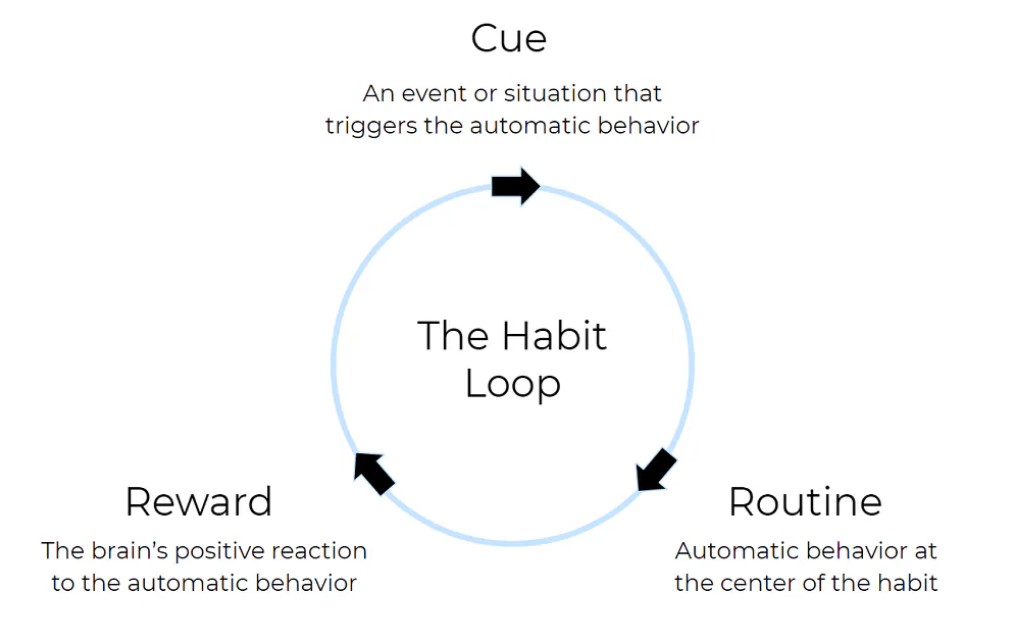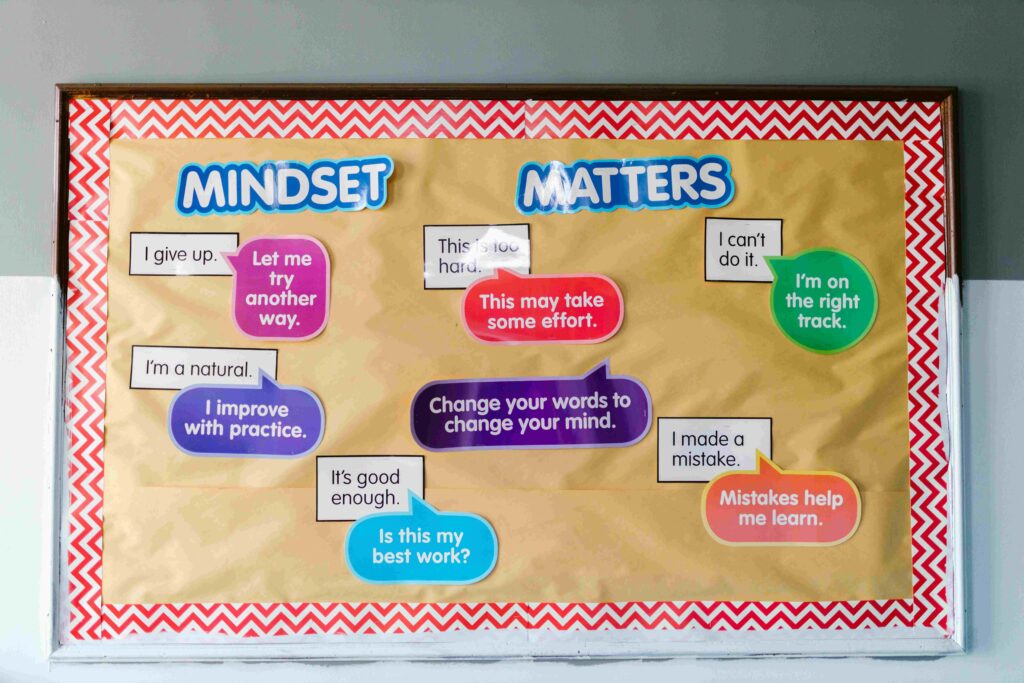The Power of Habit: Transforming Lives, One Routine at a Time

Habits are the invisible architects of our lives. They influence our daily actions, shape our character, and ultimately determine our destiny. Whether it’s our morning ritual, the way we interact with others, or our approach to work, habits are the driving force behind our behavior. Understanding the power of habit can lead to personal growth, increased productivity, and positive change in our lives. In this article, we will explore the profound influence of habits and how we can harness their power for personal transformation.
The Habit Loop
To comprehend the power of habits, we must first delve into the concept of the “habit loop.” Popularized by Charles Duhigg in his book “The Power of Habit,” the habit loop consists of three components: cue, routine, and reward.

1. Cue: This is the trigger that initiates the habit. It can be a time of day, an emotion, a specific location, or any other stimulus that prompts you to start the habit.
2. Routine: The routine is the behavior or action that the habit loop revolves around. This is the part of the habit that you want to change or develop.
3. Reward: The reward is the positive outcome or feeling that follows the completion of the habit. It reinforces the habit loop, making it more likely to be repeated in the future.
Understanding this loop is crucial because it allows us to dissect and analyze our habits, making it possible to either modify or establish new ones.
The Power of Habit in Personal Transformation
1. Breaking Bad Habits
One of the most challenging aspects of habit change is breaking bad habits. Whether it’s procrastination, smoking, or overeating, habits that have negative consequences can be extremely difficult to overcome. However, understanding the habit loop can be a valuable tool in the battle against bad habits. By identifying the cues and rewards associated with these habits, you can interrupt the loop and replace the routine with a more positive one. This process takes time and effort but can lead to profound and lasting change.
2. Creating Positive Habits
On the flip side, creating positive habits can be equally transformative. Daily exercise, meditation, or reading are all examples of habits that can significantly improve your life. To build these habits, start small and set clear cues and rewards. For instance, if you want to develop a habit of daily reading, you might place a book next to your bed (cue), read for 20 minutes each night (routine), and reward yourself with a sense of accomplishment and relaxation (reward). Over time, this habit will become ingrained in your daily life, leading to personal growth and enrichment.
3. Improved Productivity
Habits are also a powerful tool for enhancing productivity. The key is to establish effective routines that support your goals and priorities. For example, if you’re a writer looking to increase your output, creating a habit of writing for a set period each morning can be incredibly beneficial. Over time, this routine becomes automatic, making you more productive and ultimately helping you achieve your writing goals.
4. Habit Stacking
Another concept that demonstrates the power of habit is “habit stacking.” Habit stacking involves adding a new habit to an existing routine. By linking a new habit to an established one, it becomes easier to remember and execute. This method simplifies the process of building new habits and can accelerate personal growth.
Conclusion
The power of habit is an extraordinary force that can shape our lives in profound ways. Whether we seek to break bad habits, establish positive ones, improve our productivity, or make other significant changes, understanding the habit loop and how to harness its power is essential. By identifying cues, routines, and rewards, we can transform our lives, one routine at a time. Remember that habits take time to form, so patience and consistency are crucial. With dedication and understanding, you can unlock the potential for personal growth and positive change through the power of habit.





Responses